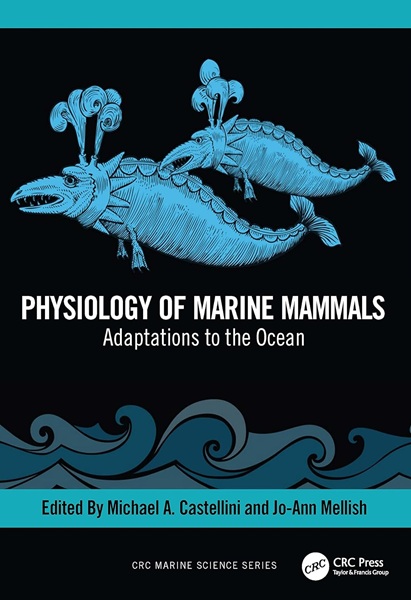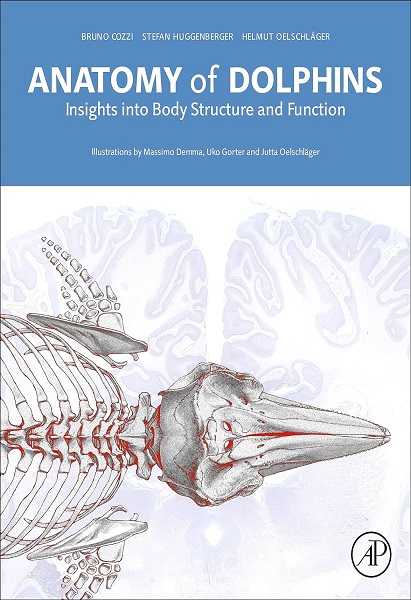Category: Anatomy-Physiology
Home > ANIMALS > AQUATIC ANIMAL > Anatomy-Physiology
Anatomy-Physiology
Aquatic animals exhibit diverse anatomical and physiological adaptations that allow them to thrive in water-based environments. Fish, amphibians, mollusks, and marine mammals have evolved streamlined bodies for efficient movement, specialized respiratory systems like gills and modified lungs for oxygen exchange, and osmoregulatory mechanisms to maintain internal salt balance. Sensory adaptations, such as echolocation in dolphins and lateral lines in fish, aid in navigation and prey detection. These adaptations highlight the complexity and diversity of life in aquatic ecosystems, reflecting evolutionary responses to environmental challenges.
Showing all 6 resultsSorted by latest
Aquatic animals exhibit diverse anatomical and physiological adaptations that allow them to thrive in water-based environments. Fish, amphibians, mollusks, and marine mammals have evolved streamlined bodies for efficient movement, specialized respiratory systems like gills and modified lungs for oxygen exchange, and osmoregulatory mechanisms to maintain internal salt balance. Sensory adaptations, such as echolocation in dolphins and lateral lines in fish, aid in navigation and prey detection. These adaptations highlight the complexity and diversity of life in aquatic ecosystems, reflecting evolutionary responses to environmental challenges.











